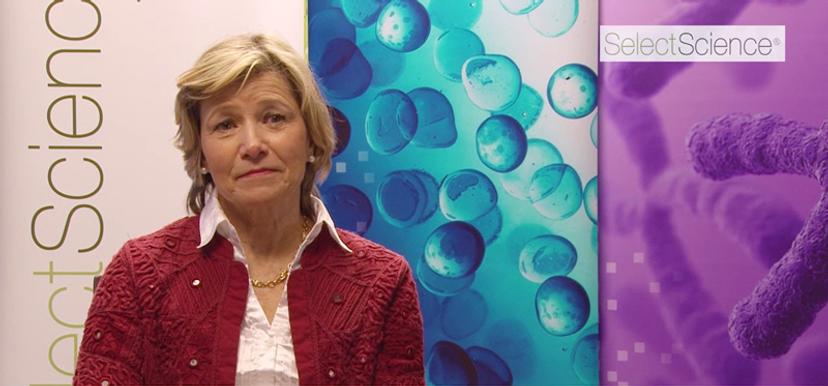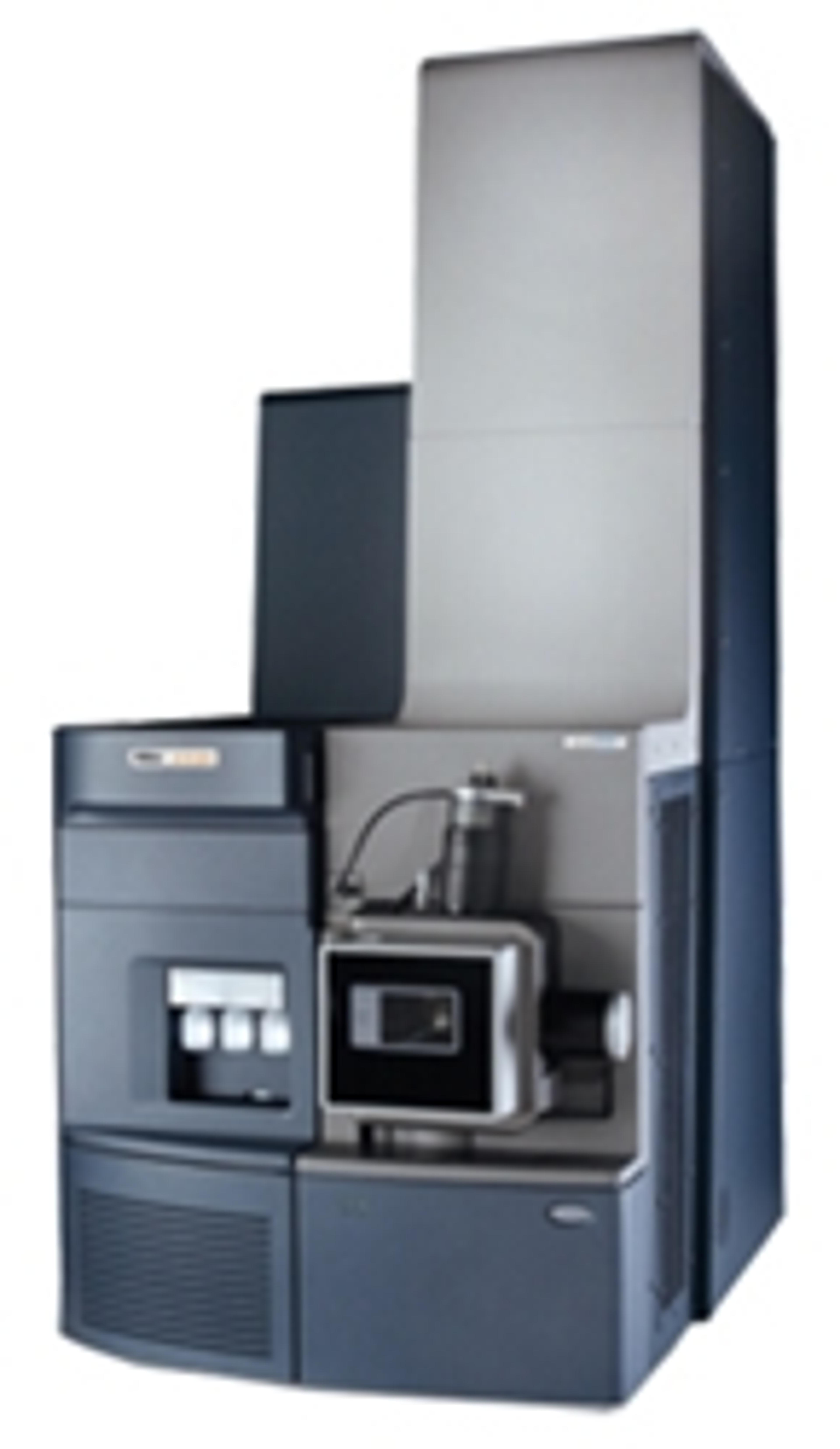Identifying Unknown Leached Compounds from Food Packaging
Trace amounts of unknown compounds detected with revolutionary accuracy
10 Apr 2016

Cristina Nerin, Professor of Analytical Chemistry at the University of Zaragoza
Scientists already know that some packaging can leave our food with trace amounts of harmful chemicals such as formaldehyde. What is unclear, however, is what effect these substances have on us. Furthermore, with new packaging materials being created, new compounds, which are released when they come into contact with food, are being discovered. In this exclusive interview, Cristina Nerin, Professor of Analytical Chemistry at the University of Zaragoza, Spain, explains how her team works to detect unknown compounds at levels around 1 part per billion.
We know very little about the effect of packaging-derived contamination in food – nearly everyone in the world has been exposed to them in some form, so a controlled trial is impossible. However, various substances, such as bisphenol A (BPA), have been linked to adverse effects in the body. The amount of these leached compounds we can be exposed to is controlled by many countries, to approximately 10-15µg/kg body mass, with some substances controlled specifically. However, every time a new packaging reaches the market, new compounds that have the potential to affect the body start to leach into food, at very low levels.
"It's a big challenge from an analytical point of view, as we need to be able to quantify these compounds at levels often lower than 1ppb," explained Prof. Nerín. Her lab at the University of Zaragoza has been investigating the compounds linked to packaging, particularly of food, by studying their effect on food and food simulants. The compounds are compared to existing literature, and to the structures of compounds that have been found to cause no problems.

The University of Zaragoza The University of Zaragoza, sometimes referred to as Saragossa University, was founded in 1542, and is one of the oldest universities in Spain, with a history dating back to the Roman period.
Unidentified compounds
The existing literature is not exhaustive, however. Prof. Nerín revealed one study where upon analysis of the leached compounds present in a sample, "five separate compounds weren't registered, didn't have a CAS number and were unknown". The chemical structures of these mystery substances were confirmed using NMR, and searched for in databases such as ChemSpider and SciFinder; once the compounds were identified, quantitative analysis was carried out. In other cases, the compounds remained as unknowns.
With these kinds of samples, Prof. Nerín and her lab require the very latest and most sensitive instruments. "QTOF technology is essential for us for identification purposes, providing us with the exact mass and fragmentation," she says. Her team deals with volatile and non-volatile compounds, using UPLC/MSE data acquisition to comprehensively catalog the complex samples in a single analysis.
The future of screening
The future, says Prof. Nerín, is "more facilities and higher sensitivity". Improved sensitivity is required, she explains, because currently a lot of sample preparation and treatment is required to isolate and concentrate the samples. This is very time-consuming, slowing down the analysis process. The key to improving the sensitivity could lie with ion-mobility technology, which Prof. Nerín and her team have been able to explore only recently. However, together with TOF and QTOF, she thinks it will be a "great tool to advance the screening".

